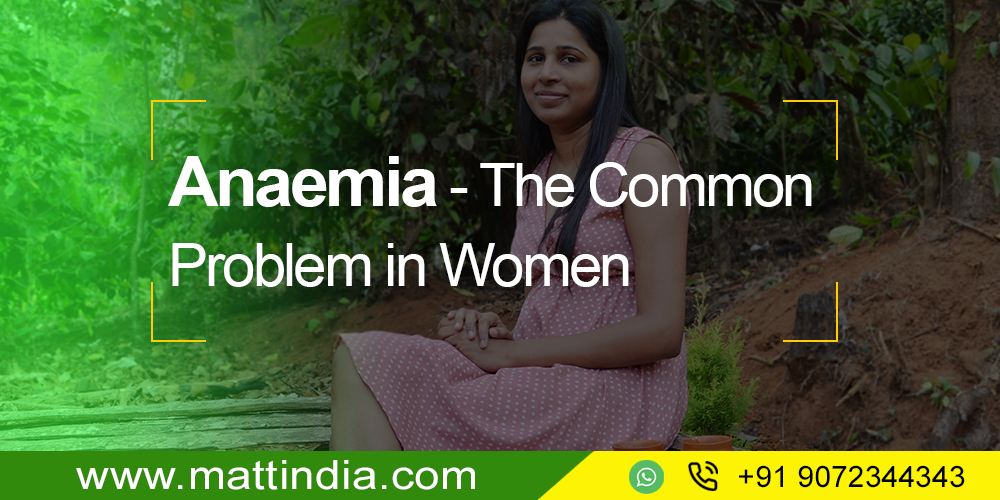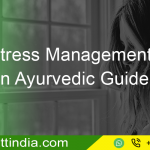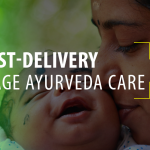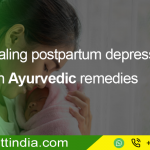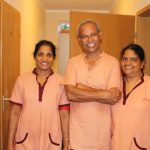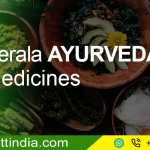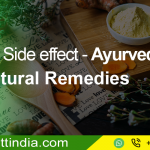Almost 27% of people are found to be anaemic in the world. Many live in third world countries, where Indians account for a quarter of the whole. Women are more anaemic in India. Based on a survey of NFHS, 58.6% of children, 53.2% of non-pregnant women and 58.6% of children in 2016 suffered from anaemia.
Half of the children and women population are still under deficiency, despite getting into an anaemia control program. Act fast and act now.
Let us know the nature of anaemia! The condition of Anaemia happens when the haemoglobin levels reduce to the required amount. It in turn leads to reduced red blood cells, that transport oxygen to organs. Thereby, low haemoglobin leads to less oxygen causing fatigue and weakness.
Male: When the haemoglobin concentration goes below 13g/dl, the person is said to be anaemic. A value less than 8 mg/dl would mean severe anaemia.
Women: When the haemoglobin goes below 12 g/dl for a non – pregnant woman, she is known to be anaemic. The World Health Organisation lists pregnant women having less than 11 g/dL, in the first 3 trimesters and less than 11 g/dL, in the first 2 trimesters are said to be anaemic.
Various types of Anaemia
Generally, iron deficiency is linked to anaemia, and there are various types of anaemia caused by some underlying disease. They can be:
Iron deficiency anaemia: It is a more common form of anaemia seen in pregnant women. This is caused by iron deficiency. But, this can be treated with an iron-rich diet and supplements. This would supplement all the needs of iron for a pregnant woman.
For thalassemia: It is a genetic disorder that causes low haemoglobin levels. The ill thalassemia patients need frequent blood transfusions. Sometimes, a stem cell transplant may be implemented.
For Sickle Cell Anaemia: It is an incurable form of anaemia where red blood cells die too soon. The shortage in RBC’s of a body could reduce the oxygen levels in blood. This is managed with proper medication.
For Vitamin Deficiency Anaemia: The body needs few vitamins like Vitamin B-12 and Vitamin C for better iron absorption of the body. When the vitamins get deficient, it could drop the iron levels. This type of anaemia is corrected by a proper dietary intake.
For Aplastic Anaemia: In this type of anaemia, the body stops producing Red blood cells. It is a severe form and requires medical attention.
The symptoms of anaemia
The common symptoms of women anaemia are weakness and fatigue. Low haemoglobin levels of the body aggravates the iron deficiency symptom of women. So, when you feel tired all the time, get yourself tested.
The physical ailments are dizziness, fatigue, weakness, irritability and cold limbs. The pale skin leaning leads to brittle nails and a yellowish skin tone. You could have irregular heartbeats, chest pain and shortness of breath. You get the urge to consume inedible things like chalk or ice. It is known as pica.
Women More Anaemic in India!
Half the women population in India are anaemic.
The factors can be:
Due to menstruation: At the reproductive age, women lose a higher quantity of blood during their menstruation. When the red blood cells are lost at menstruation, they are not replaced by an equal amount of cells. This in turn leads to iron deficiency anaemia.
Increased need for iron during breastfeeding and pregnancy: The pregnant women would daily need 1000 mg of iron, for fetal development. But a huge amount of iron is lost at delivery. When breastfeeding is continued soon after the start of delivery, it leads to iron deficiency.
Pure vegetarian diet: When you are a vegan, this might shock you! Two types of iron are found in food, non-heme iron and heme iron. As heme iron is found in poultry and meat, non-heme iron is mostly found in plant-based foods. The absorption of heme iron is higher than non-heme iron. Hence a vegan diet is insufficient to fulfil your iron needs.
The role of genetics: Some Indian ethnic groups seem to be more prone to iron deficiency. 10% of Thalassemia patients are present in India. However, Indian communities are prone to develop sickle cell anaemia.
Nutritional needs: The Indian population falls under the category of middle income and low-income groups. These types of groups have poor dietary intake. They lack essential vitamins like Vitamin B9, Vitamin B12 in their diet that increase the anaemic risk.
Few tips to increase iron levels: Women can be curbed with proper dietary supplements and habits. Iron-rich diets can be consumed and then they can take supplements like fortified iron foods. Foods like fruits and green leafy vegetables have high levels of iron.
Heme iron is found in meat, eggs, seafood and poultry goods. These irons are easily absorbed in the body. Non-heme iron is found in spinach, kale, seeds, legumes, beans, nuts and dark chocolate. The body cannot absorb non-heme iron properly. Therefore people who are vegans should consume iron supplements. You can increase the iron absorption with Vitamin C paired with iron-rich foods.
Caffeinated drinks like tea can be avoided as much as possible. They interfere with the iron absorption. Have a gap of 2 hours between your tea breaks and meals.
Take a consultation with your physician for planning a healthy diet chart.


